I recently had a chance to talk with him about his filmmaking experience in Vietnam, his love for romance comedy and the hidden gems he discovered on his trip, including the best Bánh mì and his first-time trying durian, which totally changed his perception about the fruit.
Q. Travel-themed movies and TV dramas are gaining popularity these days. Did this trend influence your decision to make a film like A Tourist’s Guide to Love set in a vacation destination outside the US?
I wanted to show the world just how amazing Vietnam and its people are. Vietnam is defined by The Vietnam War for many. But it’s so much more. I knew Vietnam would be an eye-opening, wondrous and inspiring backdrop for A Tourist’s Guide to Love.
I love experiencing destination films as they expose a whole new world to me. Watching a story that takes place in a foreign country allows me to redefine myself through the lens of a different culture. The internet and Netflix enable us all to experience virtual tourism, allowing us to live vicariously through others’ vacations.
Q. How was the overall experience of filming A Tourist’s Guide to Love in Vietnam, all the way from Ho Chi Minh in the South to Hanoi in the North. What did you and the crew enjoy the most, and what were some of the challenging aspects of shooting the film in Vietnam?
The production mirrored the storyline in the film. We filmed in order of the script, starting from the South (Ho Chi Minh City) and ending in the north (Hanoi). So not only were all of us taking a tour of the country, but we traveled with over 100 crew members.
The western crew lived and worked alongside the local Vietnamese crew, moving from one city to another. The blending of cultures and the camaraderie we felt created life-long memories for everyone.
The production was certainly daunting, but our amazing Vietnamese team took the edge off it and made everything run smoothly. While working in any foreign country, communication is the biggest challenge. But we figured out how to work together as a team, and everyone’s enthusiasm and positive energy helped take down the obstacles and barriers.
As an American, I did not want to come into a country and demand that everyone work in the ‘American’ way. We valued the collaboration with our talented local crew. This level of respect and openness led to everyone working together as a team with harmony and joy.
Q. There is a line in the movie: ‘A tourist wants to escape life; a traveler wants to experience it.’ How do you hope this film will inspire people to see their travels differently and embrace the joy of each moment as true travelers, rather than being camera-toting tourists?
That line from the film has struck a chord with so many. I love that audiences will perhaps “experience” the world through their travels rather than just seeing it through a filtered lens like the Instagram version of a country.
Part of experiencing life through your travels is to truly consider and be thoughtful of the people and culture, rather than merely taking a pretty picture or viewing the country and its people as tourist trinkets for your pleasure.
Something as small as a conversation with a cafe owner or a friendly local can give you so much insight into the people and culture. I was lucky to be surrounded by many local crew members in Ho Chi Minh City who took me to many off-the-beaten-track restaurants, cafes, and hangouts in the city. I experienced sights and sounds that would have been difficult to discover on my own.
Once we left Ho Chi Minh City, our Vietnamese crew members wore the tourist hat in their own homeland. It was wonderful to explore their own country with them, when we all went to Ha Giang to film at “Grandma’s Village”, almost no one had been there before. It was a new adventure and discovery for everyone.
Take the time to ask questions that go beyond the tourist facade and to immerse yourself in the local culture. The world is an inspiring place as long as you are open to it.
Q. I love the final scene where Amanda finally finds her courage to walk through Hanoi’s busy traffic and reunite with Sinh. It not only highlights the transformation in Amanda but also perfectly captures the quintessence of Hanoi’s chaotic streets.
How did you work with the writer and the crew to scout locations throughout Vietnam, including some off-the-beaten paths. Also, how did you research Vietnam’s traditions like the Tết celebration to integrate them into the plot and portray the character development?
A lot of credits go to our local Vietnam producer, Irene Trinh, and our location scout Luke Ford. Thanks to their insider tips and local know-how, we found all the perfect spots we wanted. They were full of ideas, showing me places and settings I hadn’t even thought of.
The lanterns and lion dance scene in Hoi An, the My Son Sanctuary, Ha Giang (Grandma’s village), the Temple of Literature in Hanoi – all these locations were organically developed and discovered as the script evolved during pre-production.
Before filming, we traveled all the way from the South to the North, scouting potential locations. The diverse landscapes we encountered helped us enhance the script.
Our film celebrates Tet, which was the perfect metaphor for Sinh and Amanda’s fresh start. A fresh start as individuals and as a couple. Irene, and our production designer Ando kept us authentic in our depiction of the Tet celebration. He provided amazing Tet visuals and art direction for every aspect, including set designs, customs, food, and ceremonies.
The final scene was filmed in front of the famous opera house in Hanoi in the middle of the night. A big thanks goes to the local government agencies that allowed us to control the large location, as we brought in about 300 extras, with 250 of them riding scooters.
It was a hectic and crazily fun night of filming as we coordinated all that traffic with our filming. Thankfully, the night went off without incident, and the scene turned out to be a magical ending for our film.
Q. While filming in Vietnam, did you have the chance to explore hidden gems, try unique food, or experience the local culture and way of life that outsiders might not know about Vietnam when you were not on the set?
My knowledge of Vietnamese cuisine was limited to the most popular items that are enjoyed here in the United States. It was amazing to explore the massive variety of Vietnamese food with the help of our local crew members.
I really enjoyed eating Cha Ca La Vong (Turmeric Fish and Dill) in Hanoi. Even the local crew from Ho Chi Minh City craved it since it is unique to Hanoi. I also loved eating Tau Hu Nuoc Duong (soft tofu) in Ho Chi Minh City. The locals would take us to their favorite vendors tucked away deep in the city streets that I would have never found.
Vietnamese people love eating snails, which come in different sizes, colors, and flavors. Our production designer, Ando, owns a snail shop in Ho Chi Minh City, and it was a delightful culinary experience to try snails with him being our guide.
That was my first time eating durian. And now I can tell people NOT to believe all the negative things they hear about it. First, I didn’t realize the various grades of durian, ranging from less expensive to the pricier varieties. High-quality durian is not very smelly at all. In fact, it has a sweetness to it, but it’s only available for a short season. I ate it raw several times and had it as a smoothie. Delicious!
I also found the best Bánh mì was not in the big cities like Hanoi and Ho Chi Minh City, but in the ancient city of Hoi An. Banh Mi Phung and Madam Khanh (Queen Banh Mi) are amazing. There is something about the bread that makes Bánh mì from Vietnam unique compared to those in America.
I traveled a lot by scooter in Vietnam. Taxis are plentiful and useful for sure. But for speed and the thrill of weaving through traffic as you take in the sights and sounds, nothing beats a scooter.
Q. How has your time in Vietnam influenced your future filmmaking, and what lessons have you learned?
I made a conscious effort to work with as many local Vietnamese department heads, crew members and production staff as possible. Their skill and knowledge allowed A Tourist’s Guide to Love to authentically capture the beauty of Vietnam and its people. I really wanted the Vietnamese people to be proud of this film and how it represents their country.
My experience reinforces my desire to work with as many local experts as possible. Trusting and working with locals as equal partners is a valuable lesson that I am confident will lead to success in my future travel destination films.
Q. A Tourist’s Guide to Love is about finding love and self-discovery in a foreign land. Could you share one or two experiences from your own travels that turned you into a true traveler and a journey that significantly changed you as a person?
I grew up in Hawaii, spending my first 18 years on the island of Oahu, where my understanding of the world was shaped by books, movies, and television. People forget how narrow one’s point of view or how limited exposure to other parts of the world could be before the Internet. Although I loved Hawaii, I craved the experience of what lay beyond my hometown.
The trip that changed my life was coming to the US mainland for university. Although it was not a vacation, moving to the mainland marked the first major step in my personal journey of self-discovery, which led me to find the courage and desire to explore the rest of the world. Since then, I have had the opportunity to work and vacation across the globe, and all it took was that very first step out of my own world.
Q. What draws you to the genres of love and comedy, and do you have a personal affinity for these genres in your own life?
I love romantic comedies as they make audiences feel good about themselves and they give us hope that there is a silver lining behind the challenges we face. I always live with positive energy and I try to show this in my work.
Comedy is the emotional release to the drama of life. And thus, comedy and drama go hand in hand. Oftentimes we are laughing with a character because their life mirrors ours. This self-reflection is something I love to convey with my stories and characters.
On the surface, romantic comedies are about a couple getting together. Underneath, it’s really about characters figuring out who they truly are. You need to love yourself, before you can love another. Like everyone else, I’m always figuring out who I am. My work is just a reflection of this ongoing journey of self-discovery.
Q. Do you have any tips and advice for aspiring filmmakers who want to blend their love for travel into their storytelling?
The Internet has fueled a worldwide craving for international films and TV shows. Now, more than ever, it is the perfect time to make films about who you are, the country you are from and the culture that shaped you. Making a film is hard. Making a film that incorporates traveling to another country is even harder.
The biggest obstacle is you. You are the only one stopping yourself from traveling and making a film. Just like any skill, you will face setbacks—it’s a part of the learning process. Failure is only a learning experience. The person who has never failed, has never tried anything.
Remember, the world is waiting to hear your story and you are more interesting than you think.
Q. Can you give us a glimpse into any upcoming filming projects, will you continue to focus on making more vacation-themed romantic comedies and your final message to our travel community?
I absolutely love directing films set in other countries. It is always a tremendous growth experience for me and it expands and challenges my creative spirit.
I’m currently working on a coming-of-age story in Hawaii and a film about Sumo. I hope my work inspires people to travel and discover the world for themselves. Through travel, there’s so much to see and experience, and it can change your life forever.
Biography:
Steven K. Tsuchida is an American film and television director. He has directed episodes of Cobra Kai, Dear White People, Community, 9-1-1 and Younger, as well as the Netflix film, Resort To Love. His award-winning short film, A Ninja Pays Half My Rent, premiered at The Sundance Film Festival and has played in over 100 festivals worldwide.

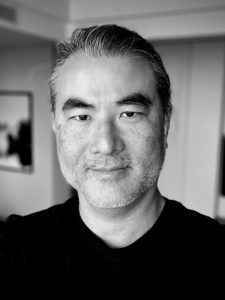
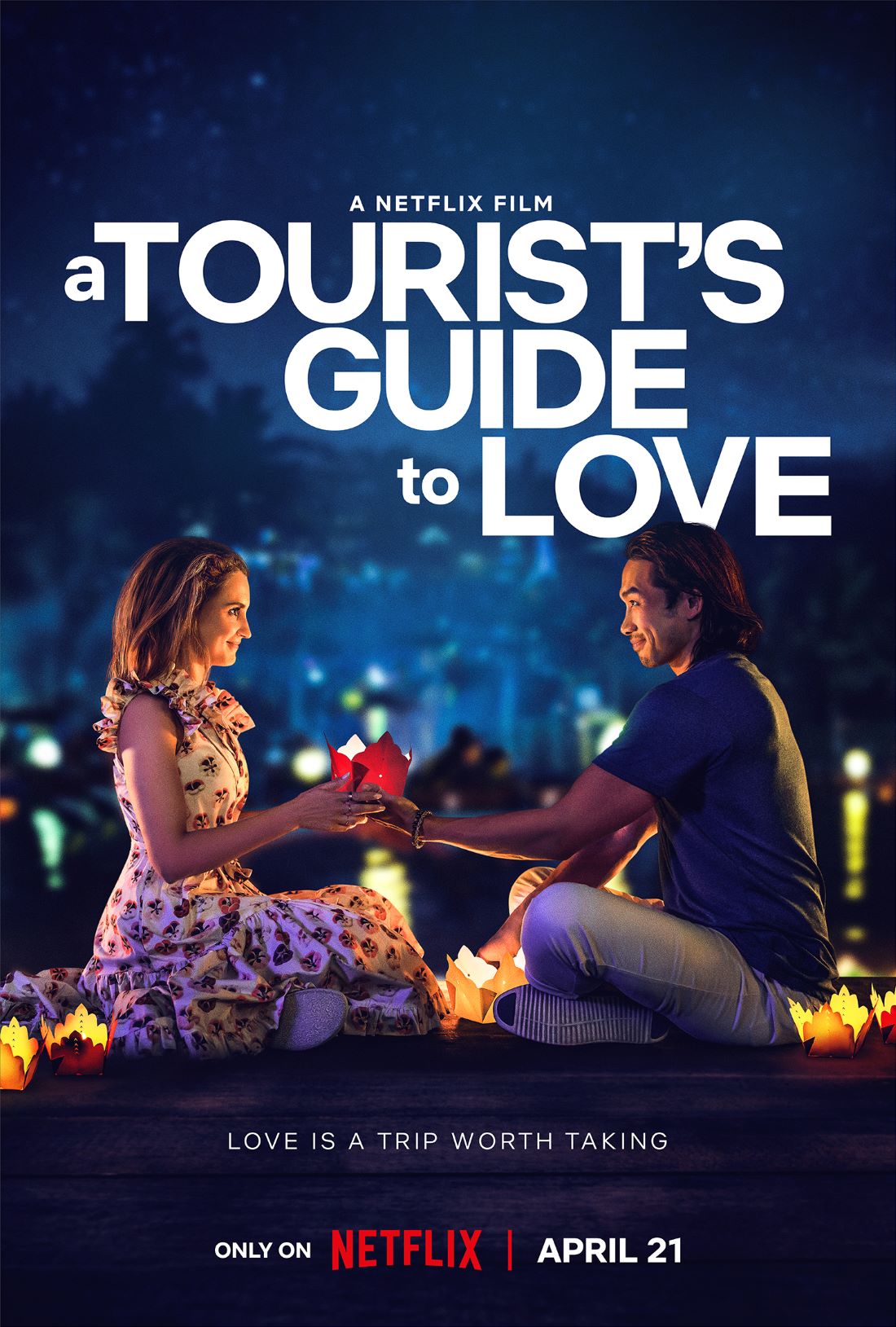

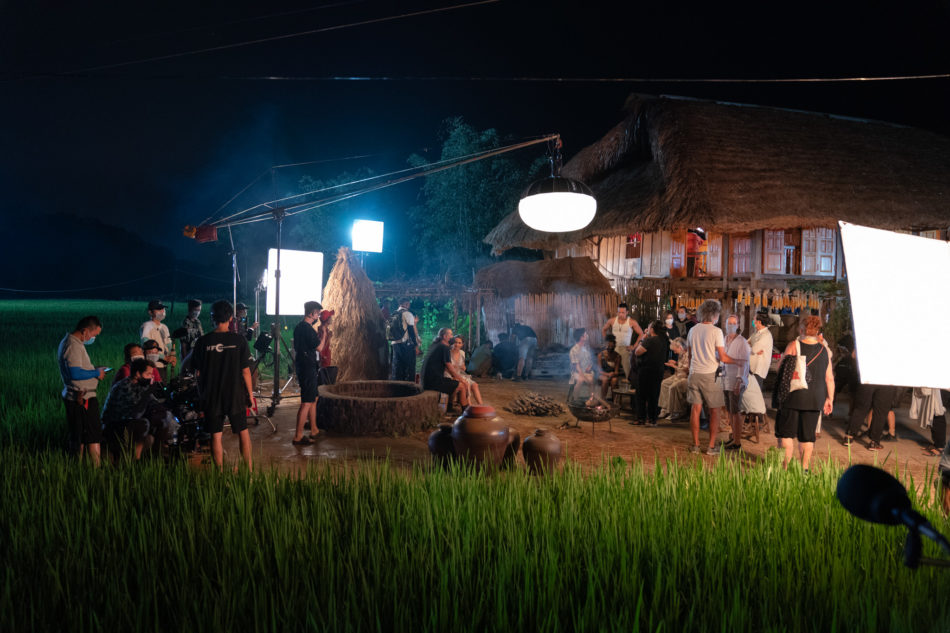

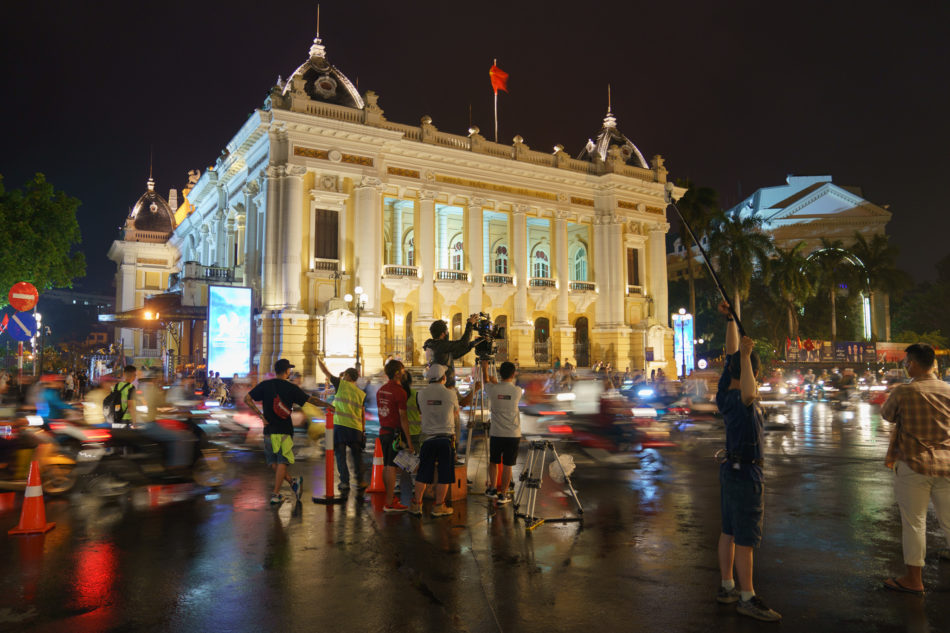

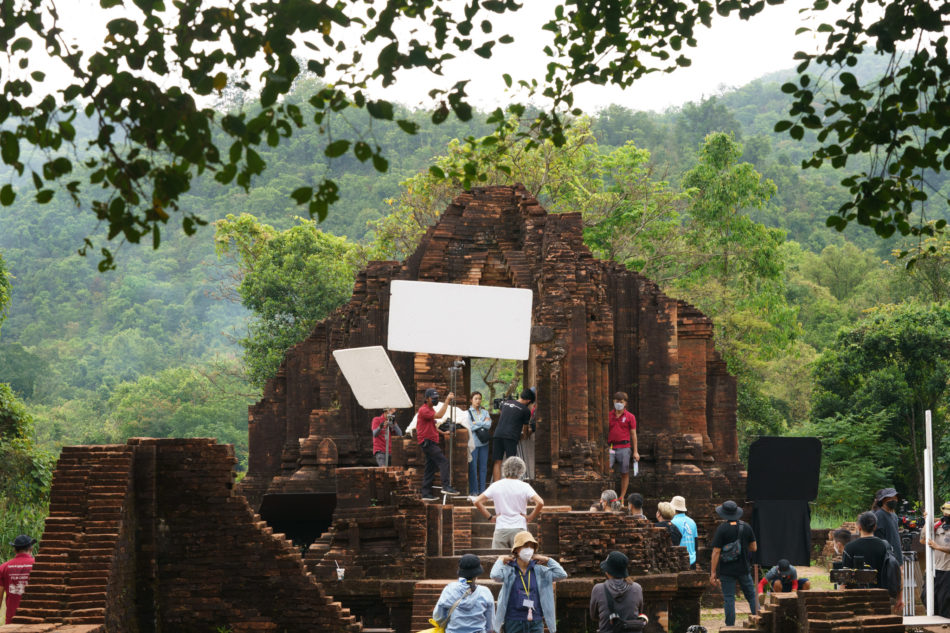

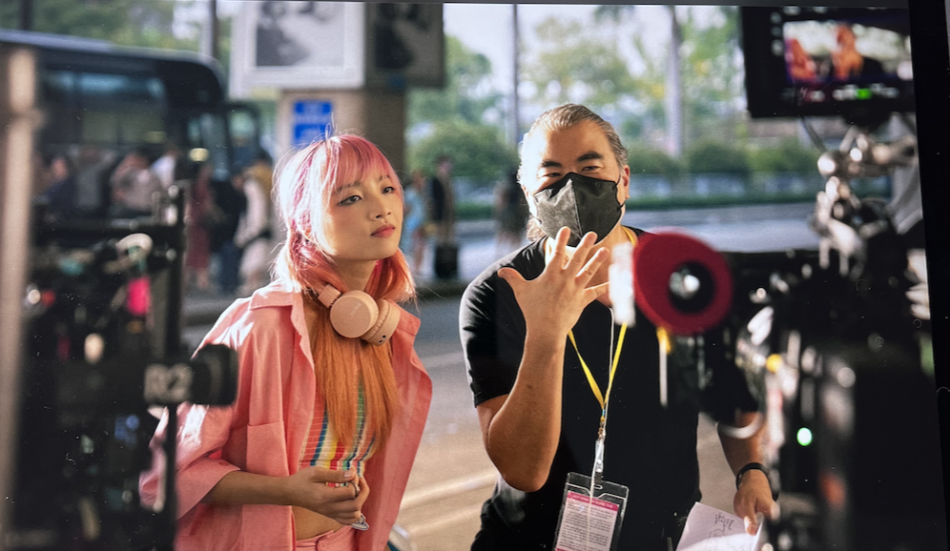




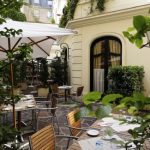

Can’t wait for the movie. Kudos Vietnam. Great insight too from the director.
This film is now on my list to watch when I get back to the states